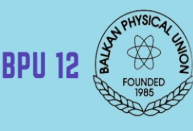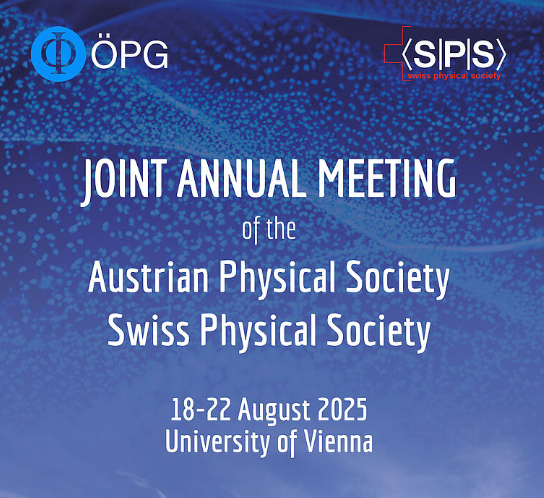https://doi.org/10.1051/epjconf/202023913004
Data assimilation of post irradiation examination experiments to adjust fission yields
1 Institute of Physics, LRS, Ecole Polytechnique F6d6rale de Lausanne (EPFL), 1025 Lausanne, Switzerland
2 Nuclear Energy and Safety, Paul Scherrer Institut (PSI), 5232 Villigen, Switzerland
* e-mail: daniel.siefman@epfl.ch
Published online: 30 September 2020
Nuclear data, especially fission yields, create uncertainties in the predicted concentrations of fission products in spent fuel. Herein, we present a new framework that extends data assimilation methods to burnup simulations by using data from post-irradiation examination experiments. The adjusted fission yields improve the bias and reduce the uncertainty of predicted fission product concentrations in spent fuel. Our approach modifies fission yields by adjusting the model parameters of the code GEF with post-irradiation examination experiments. We used the BFMC data assimilation method to account for the non-normality of GEF's fission yields. In the application that we present, the assimilation decreased the average bias of the predicted fission product concentrations from 26% to 15%. The average relative standard deviation decreased from 21% to 14%. The GEF fission yields after data assimilation agreed better with those in ENDF/B-VIII.O. For Pu-239 thermal fission, the average relative difference from ENDF/B-VIII.O was 16% before data assimilation and 11% after. For the standard deviations of the fission yields, GEF's were, on average, 16% larger than those from ENDF/B-VIII.O before data assimilation and 15% smaller after.
© The Authors, published by EDP Sciences, 2020
 This is an Open Access article distributed under the terms of the Creative Commons Attribution License 4.0, which permits unrestricted use, distribution, and reproduction in any medium, provided the original work is properly cited.
This is an Open Access article distributed under the terms of the Creative Commons Attribution License 4.0, which permits unrestricted use, distribution, and reproduction in any medium, provided the original work is properly cited.




